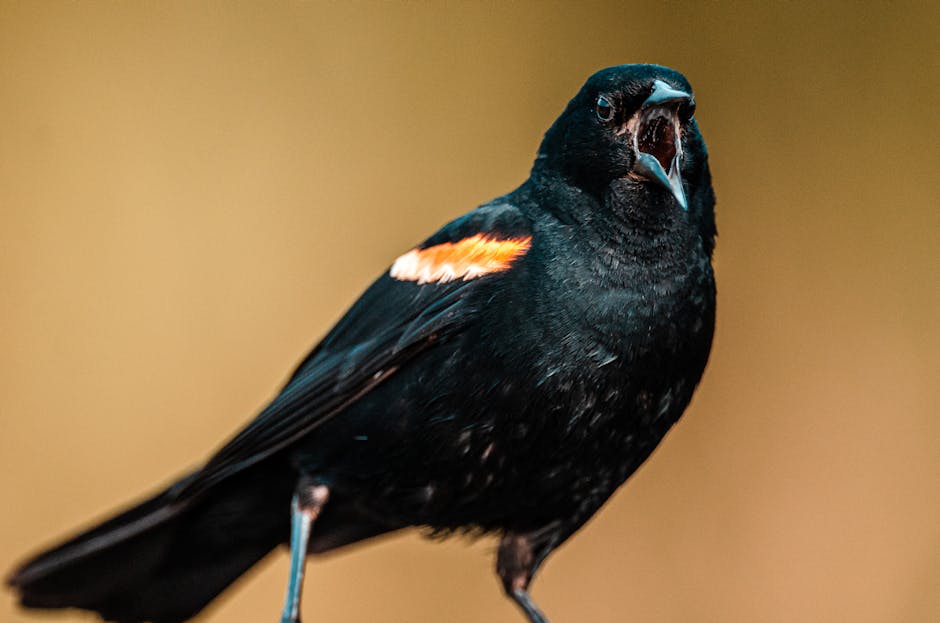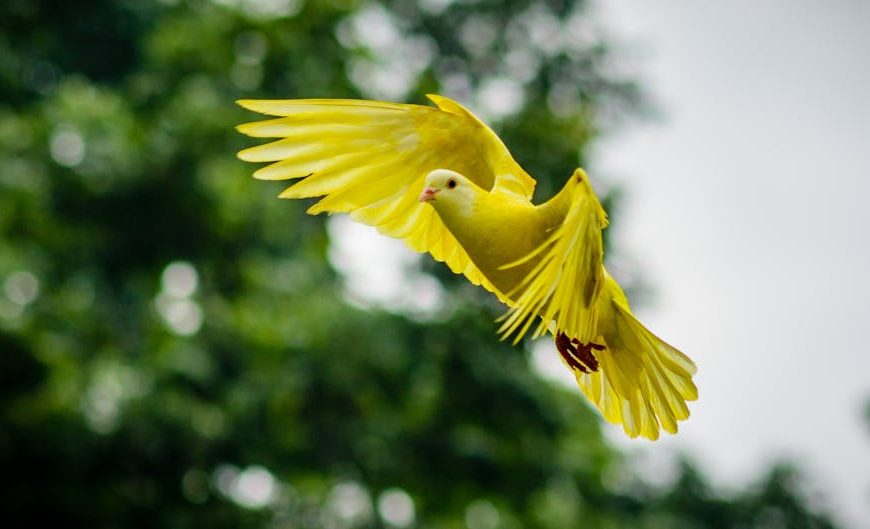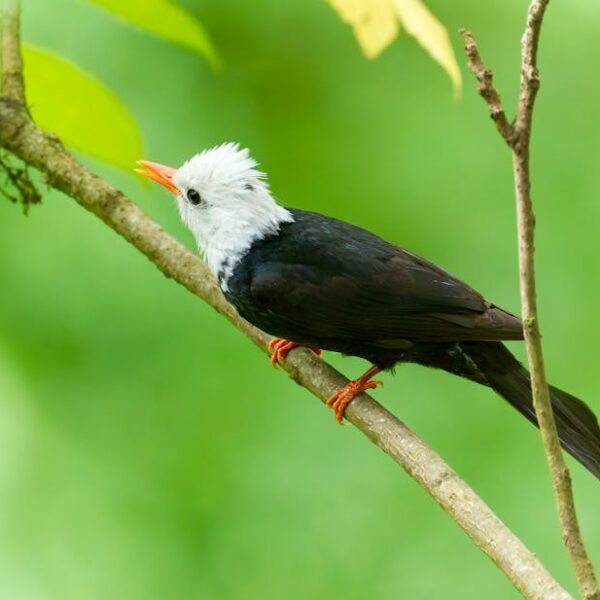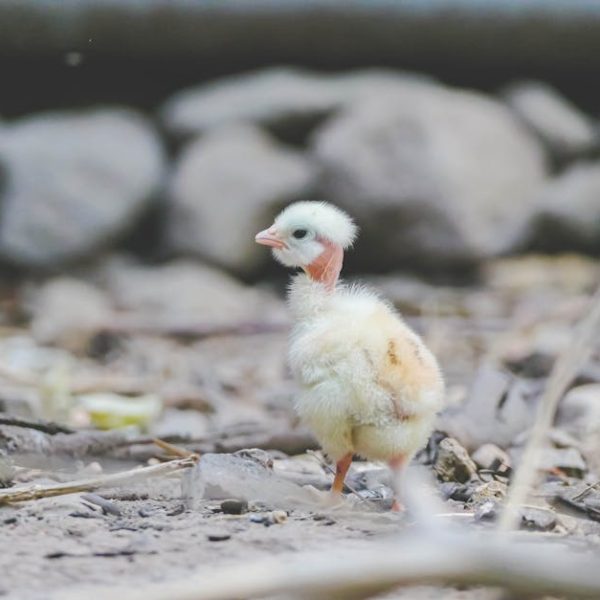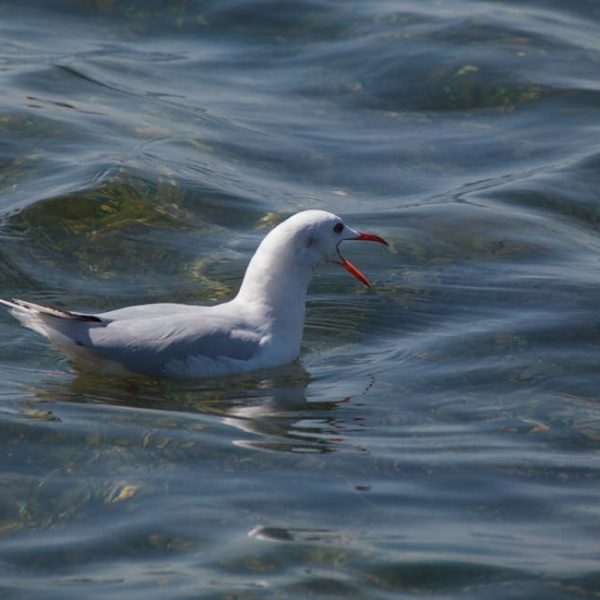Attracting birds using sounds is a blend of understanding avian communication, using bird songs, mimicking their natural habitat, setting up an inviting environment, and respecting ethical considerations. The mesmerizing chirps and songs of birds bring music to our backyards and gardens, turning them into lively symphonies of nature. Here’s the exciting part – it’s entirely possible to persuade these feathered friends to visit your surroundings by crafting a soundscape they simply cannot resist!
Understanding Bird Communication and Their Response to Sounds
Birds, much like us humans, use sounds as a crucial part of their social behavior. It is particularly evident in songbirds, which respond strongly to sound and often fill forests, fields, and our backyards with their melodious tunes.
Different sounds signify different messages in bird-speak. Here are a few common reasons birds vocalize:
- Territorial displays
- Courtship rituals
- Warning signals to other birds
It’s essential to spend some time observing the birds in the area you want to attract them to. This active listening will help you identify distinct calls and understand how birds respond to different sounds.
Choosing and Using Bird Songs to Attract Birds
Bird songs aren’t a one-size-fits-all solution. Certain songs essentially function like an invite for specific bird species. You can tune into their frequency by choosing bird songs that are appropriate for the birds you wish to attract. Here’s how to choose the right bird songs:
- Consider the bird species that are common in your area.
- Keep the time of the year in mind, as some bird species might be more drawn to calls during their mating season.
- Take the time of day into account – some birds are more active and responsive to songs during specific times of the day.
Remember, the goal is to make bird songs part of your environment, not a show-stealing performance. Ensure that the songs are played intermittently and at a moderate volume. This approach helps create a more natural sounding environment and keeps the birds curious.
Creating Sounds that Mimic Birds’ Natural Habitat
Birds are incredibly sensitive to their surroundings. Familiar sounds from their natural habitats can act like a siren song, luring them to your space. Think about it – wouldn’t you feel more at ease in an environment where everything sounds familiar?
The trick is to consider what sort of auditory cues constitute a bird’s natural habitat. Recreating such calls could range from the gentle babbling brook to the rustle of leaves, or the sound of other animals. With these sounds, you essentially create a sonic mirage of their natural habitat, making your backyard or garden a familiar and inviting spot. Here’s a comparison of using artificial soundmakers versus natural sound sources:
| Artificial Soundmakers | Natural Sound Sources | |
|---|---|---|
| Advantages | – Easy to control and adjust – Can mimic a wide array of sounds – Doesn’t depend on weather or season |
– Can provide more authentic sounds – Integrates well with the natural setting – No need for electricity or batteries |
| Disadvantages | – May lack accuracy and richness in sound – Need for continuous power supply – Potential disruption to other species |
– Limited to the available natural materials – Affected by weather – Can be difficult to manipulate and manage |
Setting up Your Environment to Support Bird-Attracting Sounds
Sound is a wave that travels and interacts with its surrounding environment. You can enhance how these sound waves project and draw in curious birds by setting up your space effectively.
Here are some best practices to follow when arranging your sound equipment:
- Place speakers at different heights and locations to imitate the diverse sound sources in a bird’s natural environment.
- Conceal your speakers amongst plants and under leaves to blend them in.
- Minimize human-made noises, such as machines and loud music, in your garden or backyard.
Timing is essential when playing bird-attracting sounds. Early morning and late afternoon are usually the best times, as a lot of bird species are most active during these periods. As with the volume, be mindful about your noise levels. A sound that’s too loud can distress birds, leading them to avoid the area.
Taking Ethical Considerations into Account when Using Bird Sounds
While our intentions may purely be to attract birds for our pleasure and their benefit, we must also consider the impact of our activities on their behaviors and patterns. Misuse of bird sounds can cause birds to waste energy on false mating calls or territorial disputes, and could potentially disrupt their natural behaviors.
Consider these tips for a responsible use of bird sounds:
- Use bird songs and calls sparingly.
- Never use calls during nesting season, as this can confuse and agitate birds.
- Always prioritize the welfare of the birds over your goals.
Additionally, it’s important to be aware of any local or international laws regarding the disturbance of wildlife. While playing sounds to attract birds is generally permissible, excessive or disruptive use could potentially fall foul of the law, particularly in protected areas or with endangered species. Make sure to double check with local wildlife authorities or birdwatching groups.
Inviting birds into your world using sound can be a rewarding and enriching experience. By understanding the birds’ language, mimicking their natural habitats, and highlighting their presence ethically, you can enjoy the vivacious chirping and twittering in your backyard while knowing you’re doing it responsibly. Happy birdwatching!
Key Takeaway:
- Attracting birds using sounds requires a comprehensive understanding of bird communication and their responses to different sounds.
- The selection and appropriate use of bird songs can invite certain species into your backyard or garden.
- Mimicking the familiar sounds from a bird’s natural habitat can make them feel more comfortable in your environment.
- The proper adjustment of your space, including setting up your sound equipment effectively and controlling the timing and noise level, can significantly enhance your success in attracting birds.
- Taking ethical considerations into account is a crucial part of using bird sounds, to ensure the well-being of the birds and to abide by local and international legislation related to wildlife disturbance.
Remember, attracting birds is not only about creating an enjoyable environment for them in your backyard or garden, but also respecting their natural behaviours and ensuring their well-being. Be patient, observe, and learn from them. Add a little creativity and you’ll soon be enjoying the company of these feathered friends
in an ethically respectful manner.
FAQs
Q: How can I identify different bird calls?
A: Start by spending some time observing birds in your area, listening to their calls, and watching their responses to these sounds. You can also use birdwatching apps or guides that provide audio samples of various bird calls.
Q: Is there a perfect time of day to play bird songs?
A: Usually, early morning and late afternoon are ideal as many bird species are actively looking for food and mates during these times. However, individual bird species may have specific active periods, so consider the types of birds you’re trying to attract.
Q: Can I use any bird sound to attract birds?
A: Not all bird sounds attract all birds. It’s essential to tailor your bird songs to the specific species you wish to attract. The right calls can work like an invitation for those species.
Q: Is it bad to play bird songs too frequently or loudly?
A: Yes, playing bird songs too frequently can confuse and agitate the birds, and excessive volume might distress them, causing them to avoid the area. It’s important to use bird songs sparingly and at a moderate volume.
Q: How do I know if I’m disrupting birds with my bird-attracting sounds?
A: If you notice a sudden change in bird behavior, such as excessive vocalizations, agitation, or avoiding the area entirely, it may indicate that your sounds are causing distress. To prevent this, use bird songs sparingly, keep volume at a moderate level, and avoid using calls during critical periods like the nesting season.
Enjoy your birdwatching journey responsibly, and don’t forget to share the article and explore more posts on our website.
